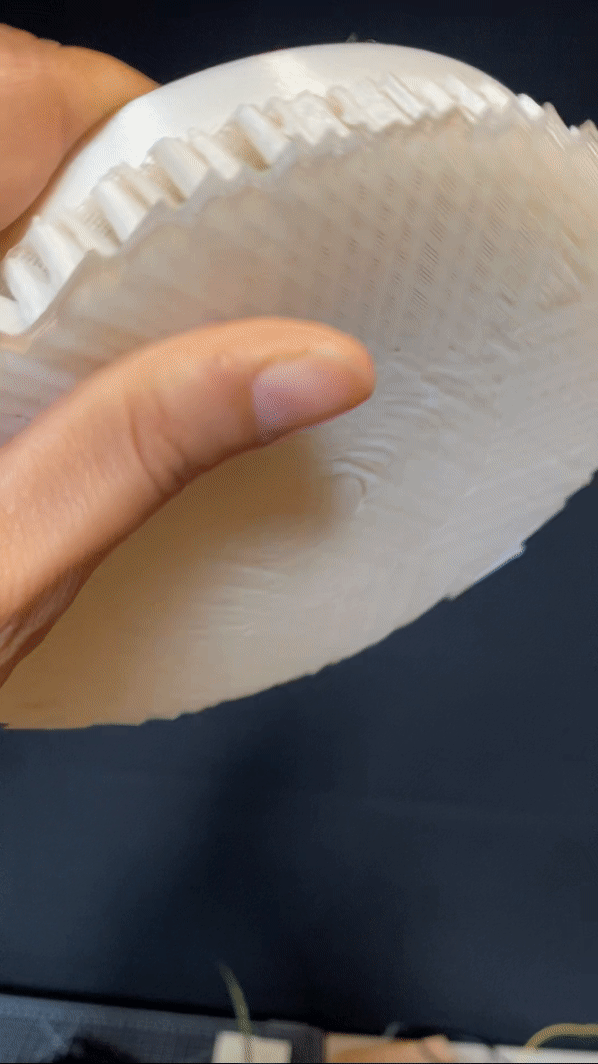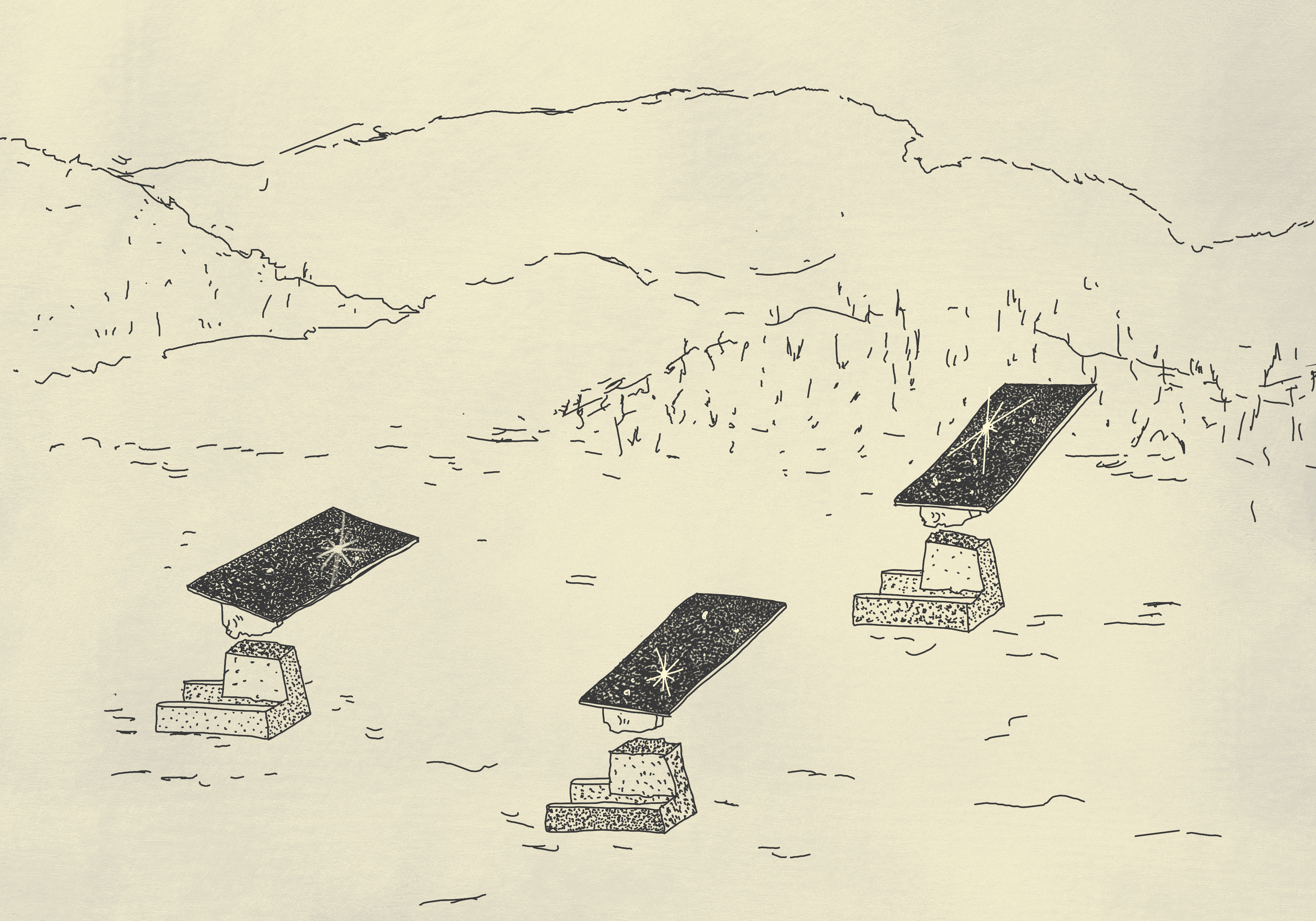Cristina Brambila
472 Spring 2024Final Project
All humans and living beings that inhabit this planet have a perpetual relationship with the stars, whether we are aware of it or not. Our body responds, for example, to the amount of sunlight we receive, to the changes in day and night, to radiation, etc.
Nowadays, when we talk about space exploration, we usually think of space exploration that is ultimately associated with a technological hegemony that prioritizes a colonizing outlook and a posture that replicates expansionist positions, whether this is done through government or private investment.
Given this panorama, how much agency do the rest of us humans have over the decisions that are made regarding the cosmos that surrounds us? Thinking in the terms mentioned above, there is practically no agency. Therefore, it is essential to be able to recognize not only cultural diversity but also technological diversity. In the same way that a planet without biodiversity is destined to die, not recognizing technological diversity denies other ways of understanding and relating to the cosmos, which would even leave out many important factors to consider.
Thus, for the final project of 472 I decided to first document how, from different cultures and through different historical moments, sidereal space has been understood and explored.
In this way, I decided to focus first on the pre-Hispanic Mayan culture. Since they had made and documented some of their observations, a small sample of this is what is now called the Dresden Codex.. The codex contains information relating to astronomical and astrological tables, religious references, seasons of the earth, and illness and medicine. It also includes information about the conjunctions of planets and moons.
In addition, within the Mayan culture cenotes (natural water-filled sinkholes) were believed to be portals between the world and the underworld, that is, they had a ritual meaning. However, today it is known that some of these cenotes were also used as astronomical observatories and cosmograms. For example, the pyramid “The Castle” in Chichen Itza, was built there due to the location of 4 cenotes: Sagrado, Holtún, Xtoloc and Kanjuyum, which pointed to 4 cardinal points.. Within these cenotes, various vessels have also been found, that corroborate the theory that these places had a ritual meaning. In addition to this, it has been observed that some of these cenotes also served as astronomical observatories, for example, to mark the passage of the solar zenith.
Within the Mayan culture, a trait that I observed was the deep understanding and notion that there is about the cyclical passing of time, the different cycles that go beyond even generations.
Thus, in the mechanical installation that I presented, I started with the idea of how I could develop speculative devices that relate to the cosmos. These devices would have to first point to a machine-human relationship but based on a Mayan worldview. I presented a series of vessels made with computer-aided design processes as well as a video generated with artificial intelligence from the prompt of a cenote located on some other planet. I subsequently performed post-production on the generated video.
I also printed some bases for the ceramics with PLA and with flexible filaments, I presented 3 pieces of ceramics, 1 with water, reflecting the warmest light marking the time of the solar zenith, the central piece, which was in a cyclical rotation, and the third which was in a stationary time.

Venus Tracker
Messages to Venus. (WIP)
Is it possible to point to poetic forms of space and astronomical exploration? What poetic communication systems can be developed to detect communication patterns with outer space?
Within this project, the development of speculative interplanetary communication devices that send signals without necessarily waiting for a response in return is proposed. Formally, the piece consists of a Venus tracking device in which, when the light of Venus is reflected, light messages are sent in return.
Messages to Venus is an electromechanical art piece that resembles some aspects of the Mayan astronomical explorations and time measurements. I decided to start with some research that has been done on Mayan astronomy, where it is said that Venus had great importance in their observations and calendar. I also chose Venus as the first approach, because it is the planet that reflects the most sunlight within our solar system, functioning as a beacon of the sun. During 470 class I developed a Venus tracker, I would like to use that development as a prototype for this project.
I think that with this piece I also seek to make present that in an increasingly accelerated world, slowness is an act of resistance.
- References
Dresde Codex
- Materials
Brass, clay, arduino, gyroscope, laser.
- Dimensions
23x11x11 in
- Inspiration
Ale de la Puente
Nico Cox
Memoria Technica
Solar tracker
- Sketches / circuit drawings

- Interaction flow chart
- Budget
| QTY | Material | Price |
| 2 | 5v Stepper Motor(x2) | $3.68 |
| 1 | Arduino Uno r3 clone | $5.80 |
| 1 | Arduino nano clone | $2.18 |
| 1 | 3-Axis Gyro | $2.03 |
| 1 | RTC | $1.07 |
| 1 | jumper cables | $6.98 |
| 1 | 30x47x11mm thrust ball bearing | $10.00 |
| 10 | (10x) M3 bolts and nuts | $10.00 |
| 4 | (4x) 623 2RS bearings | $9.00 |
| 1 | Superglue | $3.00 |
| 1 | A laser pointer | $12.00 |
| 2 | PLA | $25.00 |
| 1 | Clay | $40.00 |
| 5 | Brass round bar | $34.00 |
| 2 | Wood (plywood) | $26.00 |
| 1 | battery | $6.00 |
| $196.74 USD |